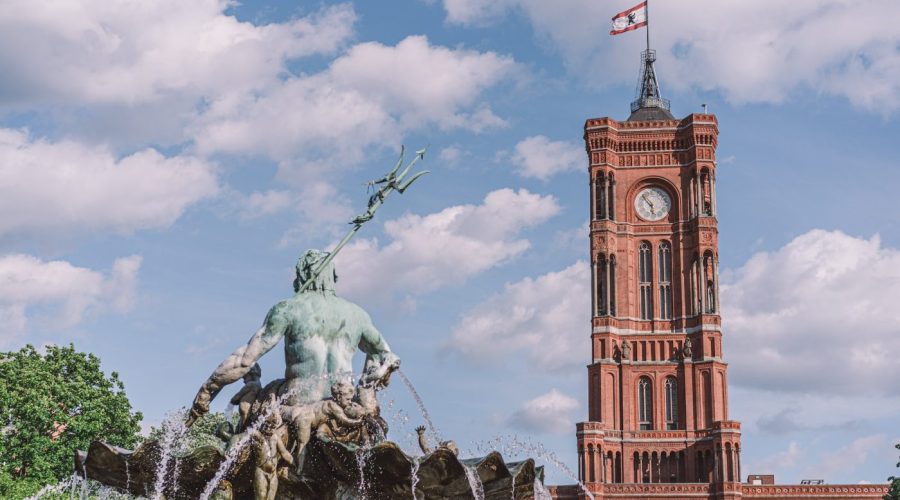Why Was the Berlin Wall Taken Down?
World history demonstrates significant importance through the collapse of the Berlin Wall. The Berlin Wall became a security barrier which split Berlin between East and West during the Cold War when it was built in 1961. The historic moment when the Berlin Wall began its destruction runs parallel to the motives that led to its final collapse.
The Construction of the Berlin Wall
Before examining how the Berlin Wall fell apart we need to analyze its initial construction process. During the initial period of the Cold War the Soviet Union and Western Allies maintained growing political hostility. To stop East Germans from crossing into economically favorable Western territories the Communist government created the Berlin Wall as part of its German Democratic Republic leadership.
Barbed wire fences activated across Berlin during the night of August 13, 1961 split both the city and the relationships between people living there. East Germans found it increasingly difficult to escape due to the replacement of initial barbed wire fences with concrete walls and watchtowers which established heavily protected checkpoints.
The Fall of the Berlin Wall
Multiple aspects led to the collapse of the Berlin Wall.
1. Popular Pressure
During the 1980s the GDR experienced mounting resentment of its repressive government that spread across East Germany as well as throughout other communist nations in Eastern Europe. People demanded wider rights and political and economic reforms and their fundamental human rights at an increasing rate. People organized peaceful demonstrations and protest activities to seek both political freedom and the dismantling of the dividing barrier.
2. Political Changes
The Soviet Union gained its new head leader when Mikhail Gorbachev took office in 1985. The reforms released through Glasnost alongside Perestroika normalization began political transformations throughout Eastern Europe. Soaring social and political changes from the Soviet Union weakened their power base which eventually brought down the Berlin Wall.
3. Mass Migration
The simultaneous force from public support together with evolving political situations caused East Germany to witness a substantial surge in its population moving west towards West Germany. The large migration scale revealed the GDR’s failed policies in a way which generated severe governmental pressure to act.
The Historic Event – November 9, 1989
The East German government announced that night of November 9, 1989 the travel restrictions for West Germany and West Berlin would be abolished. Large numbers of East Berlin citizens immediately arrived at checkpoints in such high numbers that they flooded past the border guards.
Since the guard personnel received the news suddenly they operated without sufficient information and eventually allowed people through the gates. Revellers scaled the wall barriers while they stripped away pieces of it. The Berlin Wall ceased being a barrier but turned into a symbolic symbol which represented unity among people.
Significance and Legacy
History recorded the end of the Cold War and German reunification as the main outcomes from the collapse of the Berlin Wall. The historical occasion represented the victory of democratic values combined with peaceful activism above oppressive parts of society and honest division.
People today can view fragments of the Berlin Wall in various locations across the globe as standing memorials for the previous divisions both symbolized by and overcome through freedom’s triumph. The fall of the Berlin Wall stands as an everlasting tribute to the power of people who stand against oppression to achieve their freedom.
In Conclusion
Between 1961 and 1989 the Berlin Wall served as a sign of oppression and division until it was demolished on November 9, 1989. Public demand and governmental reforms along with large population movements led to its destruction. The world united as people experienced this landmark historical moment which marked an historical close of that specific time period. The destruction of the Berlin Wall demonstrates how essential unity along with freedom and democratic values remain for society.
Table of Contents



